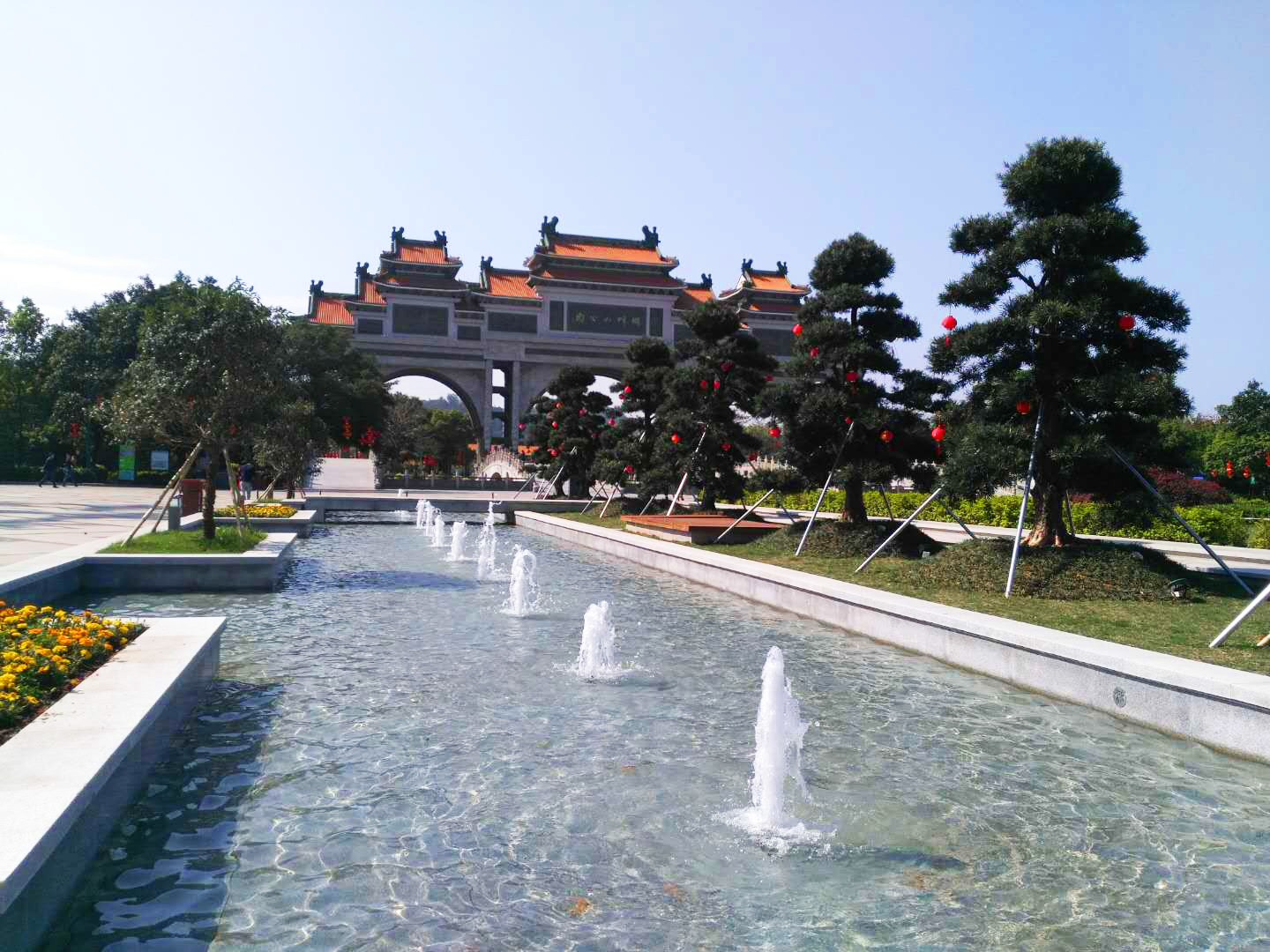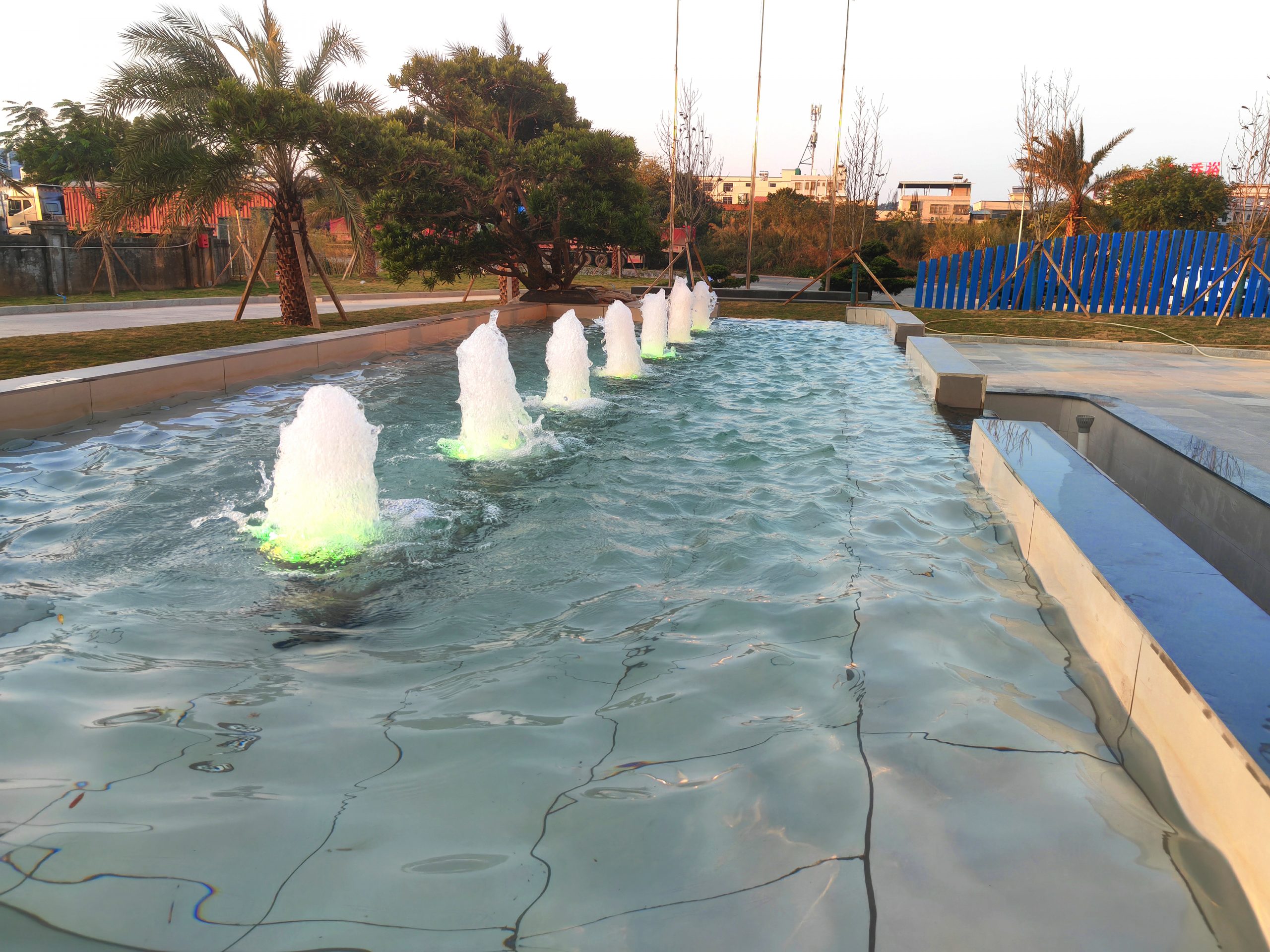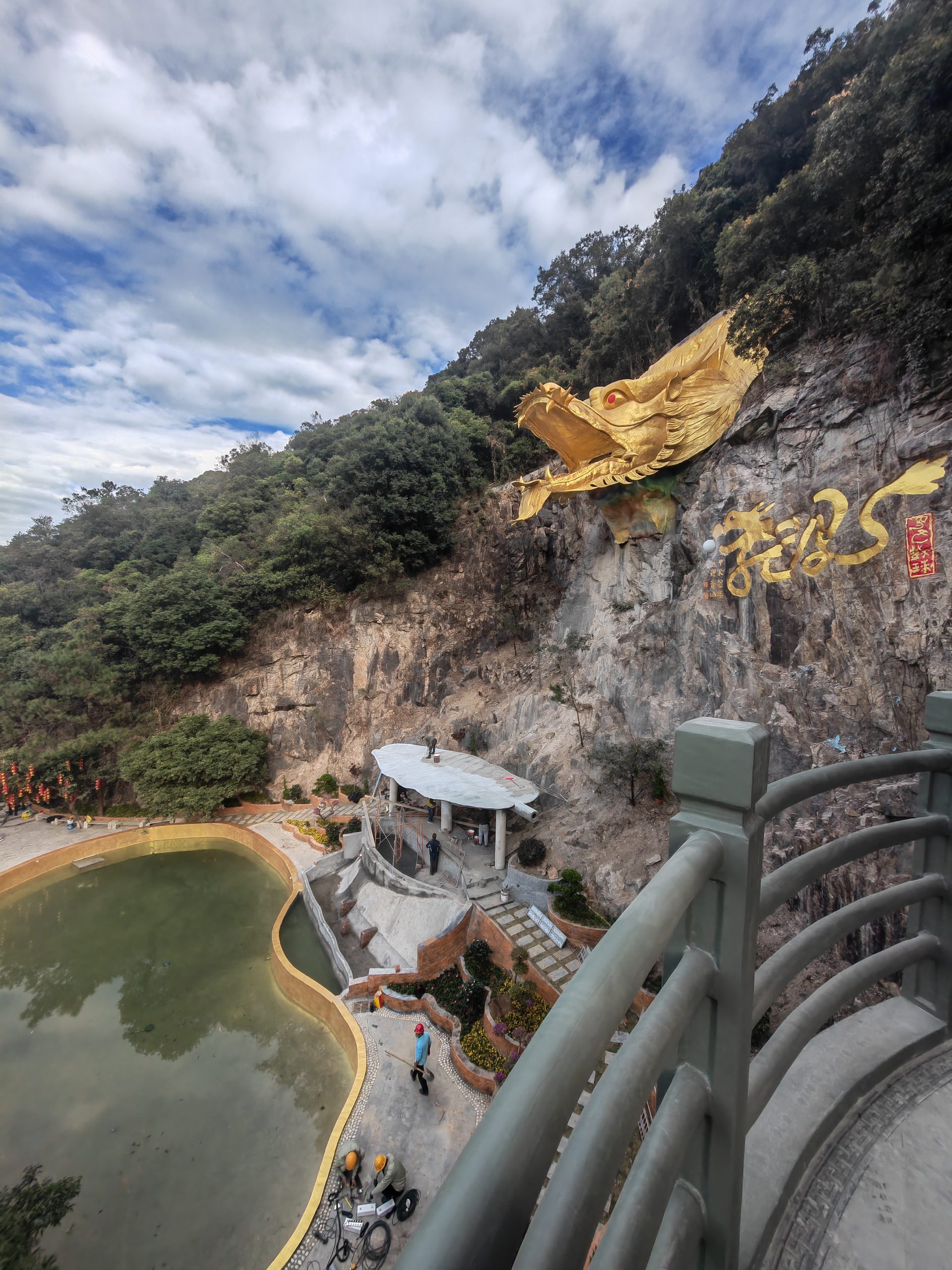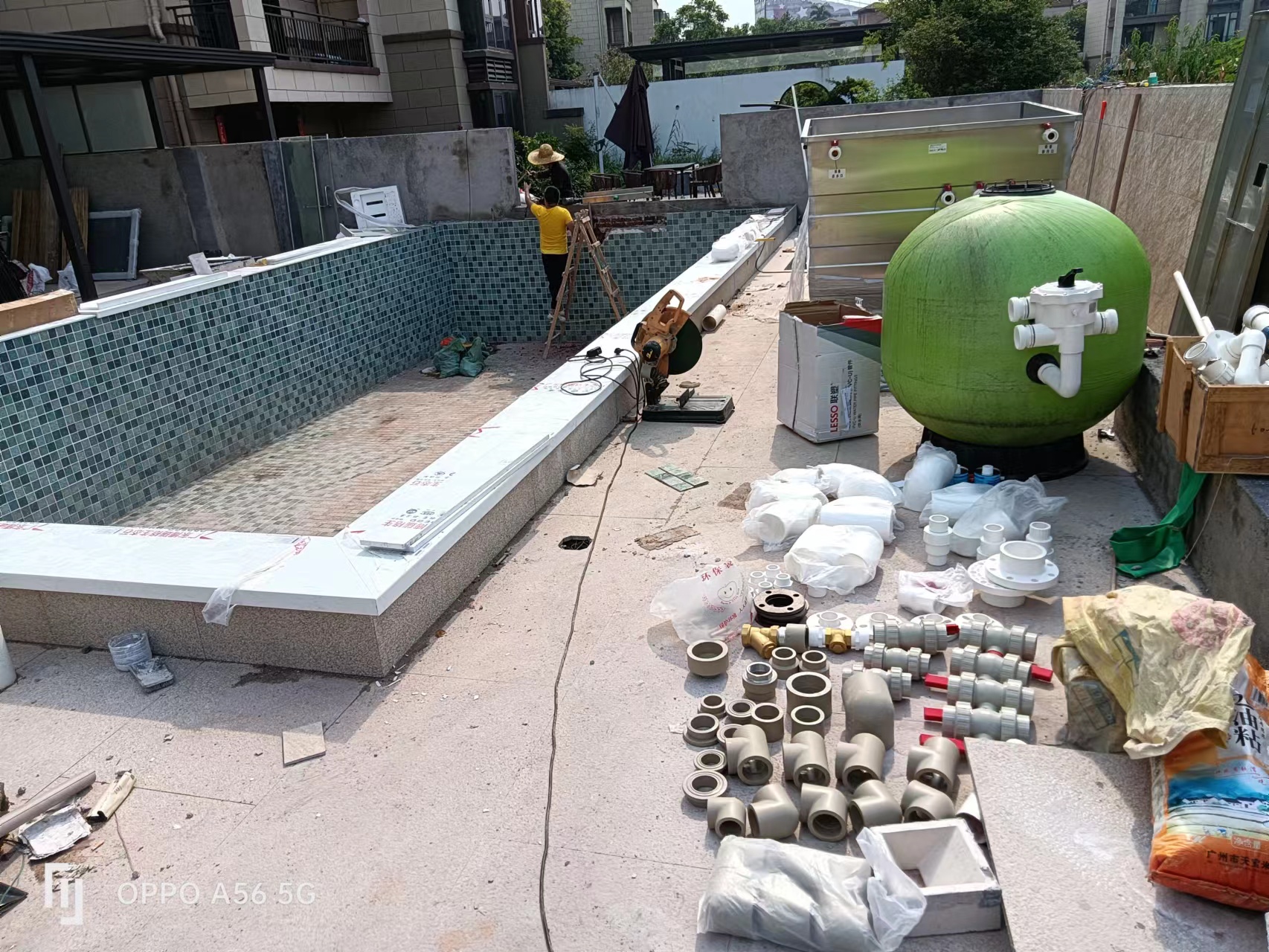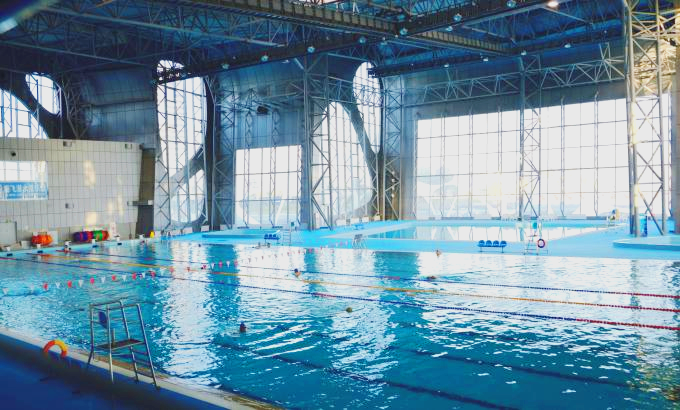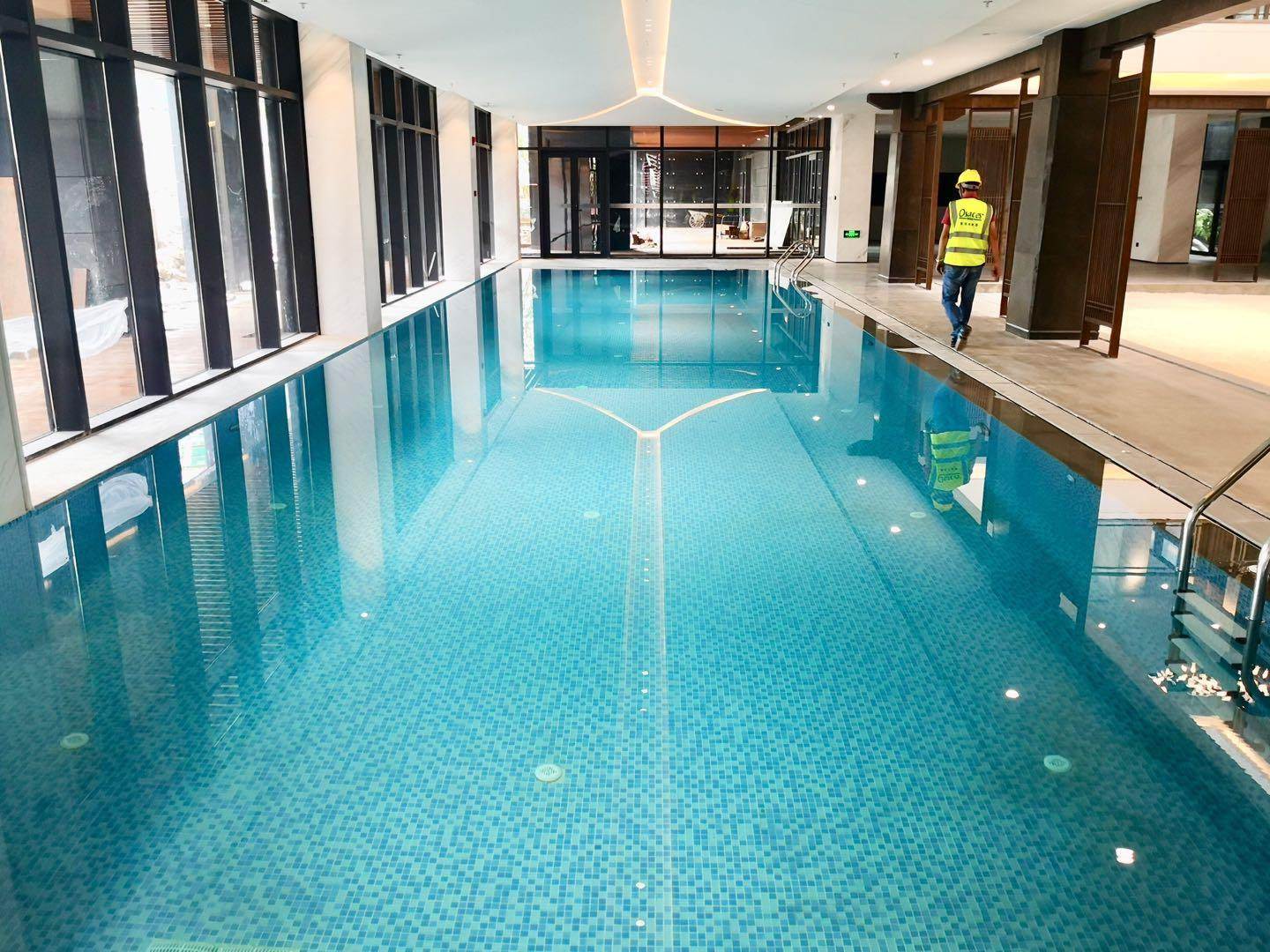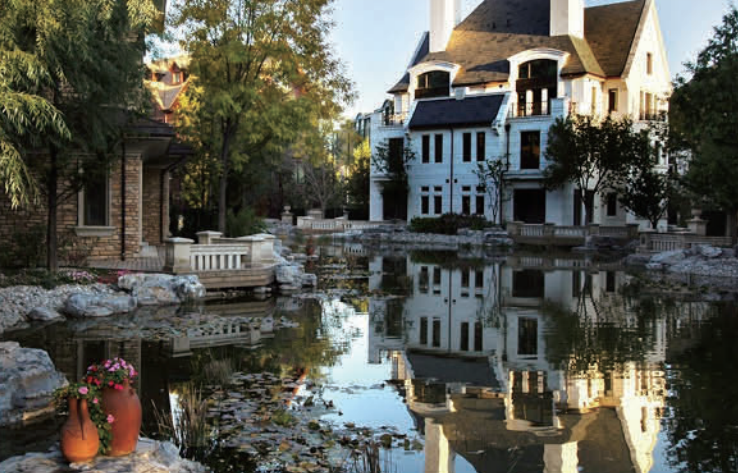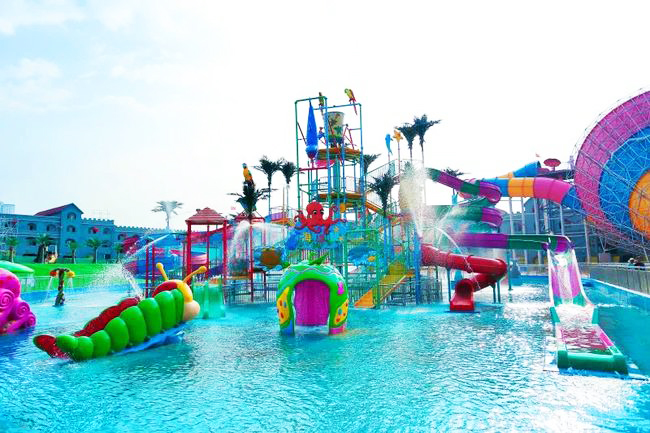common problems
contact details
 Ollies (Guangzhou) Recreation and Sports Equipment Co.
Ollies (Guangzhou) Recreation and Sports Equipment Co.Tel: (020) 82686289
Fax: 020-82694853
Headquarter: No.31-37, Xincun 2 Road, Shangjiang North Street, Dongzhou Village, Xintang Town, Zengcheng City, Guangzhou, Guangdong, China
New swimming pool water treatment equipment full analysis: from design to construction of one-stop solutions
As an engineer engaged in the design and construction of swimming pool water circulation and filtration system for more than ten years, I know that every aspect of the new swimming pool is crucial. This article will focus on the preliminary design, program details finalized, deepen the drawings, equipment, technical guidance, construction and maintenance of a number of aspects, a detailed analysis of the new swimming pool water treatment equipment and its application.
I. Pre-design: accurate planning, laying the foundation
In the early stages of building a new swimming pool, the design phase is crucial. First, the size, shape and depth of the swimming pool need to be determined according to its purpose (e.g. family pool, public pool, competition pool, etc.). On this basis, the preliminary design of the water treatment system is carried out, including the circulation and filtration system, the disinfection system and the heating system.
-
Circulation filtration systemThis is the core part of swimming pool water treatment, the main equipment includes circulating water pump, sand filter, ultraviolet sterilizer, hair collector, thermostatic heat pump, dehumidifier and so on. Circulating pump is responsible for pumping the pool water to the filter, sand filter through the quartz sand and other filter media to remove suspended solids and impurities in the water, ultraviolet sterilizer is used to kill harmful bacteria and toxins in the water, hair collector is used to intercept large particles of impurities, to protect the subsequent equipment, thermostatic heat pump is used for swimming pools to keep the water suitable for human temperature, dehumidifier to control the indoor temperature to improve the quality of the air and comfort and so on.
-
Sterilization system: Disinfection is the key to ensure the safety of swimming pool water quality. Commonly used disinfection equipment include chlorine sterilizers, ozone generators, ultraviolet sterilizers and so on. Chlorine disinfector by putting chlorine agent to kill bacteria and viruses; ozone generator uses the strong oxidizing property of ozone to disinfect; ultraviolet sterilizer destroys the DNA structure of microorganisms through ultraviolet irradiation to achieve disinfection effect.
-
Heating systems: For swimming pools that require constant temperature, a heating system is essential. Common heating devices include electric heaters, gas boilers, heat pumps and so on. Electric heaters are suitable for small swimming pools, gas boilers are suitable for large swimming pools, and heat pumps are an energy-saving and environmentally friendly way of heating.
II. Finalization of programme details: tailor-made and optimized configuration
On the basis of the preliminary design, the final water treatment program needs to be determined according to the actual demand and budget. This stage requires comprehensive consideration of the performance of the equipment, energy consumption, maintenance costs and other factors to optimize the configuration.
-
Equipment Selection: According to the size of the pool and water quality requirements, choose the right type of equipment. For example, for large public swimming pools, it is recommended to choose high-flow, high-efficiency circulating water pumps and sand tank filters; for family swimming pools, you can choose small, energy-saving equipment.
-
system integration: Integrate individual water treatment equipment to form a complete system. Ensure the coordinated operation of each device to avoid the "short board effect". For example, the flow rate of the circulating water pump should be matched with the treatment capacity of the filter, and the dosage of disinfection equipment should be adapted to the circulation of pool water.
-
automatic control: In order to improve the operational efficiency and stability of the system, it is recommended to introduce an automated control system. Through PLC controllers, sensors and other equipment, automatic control of circulating filtration, disinfection, heating and other processes can be realized, reducing manual intervention and improving the reliability of the system.
Third, deepen the drawings: fine design, to ensure that construction
After the program is determined, it is necessary to deepen the design of drawings. This stage requires the design program into specific construction drawings to ensure the smooth progress of the construction process.
-
Equipment Layout: Label in detail the installation location of each water treatment equipment, including circulating water pumps, sand tank filters, disinfection equipment, heating equipment and so on. Ensure that the piping connection between the equipment is reasonable to avoid cross and interference.
-
Piping layout: Draw detailed piping layout diagrams, including inlet pipe, outlet pipe, circulating water pipe, and drain pipe. Ensure that the piping direction is reasonable, reduce elbows and resistance, and improve the operational efficiency of the system.
-
Electrical control diagram: Draw electrical control diagrams, labeling the power wiring and control lines of each device. Ensure the safety and reliability of the electrical system to avoid safety hazards such as short circuit and leakage.
Four, one-stop swimming pool equipment to provide: professional supply, quality assurance
During the construction process, a one-stop pool equipment supply service is required to ensure the quality of the equipment and the timeliness of supply.
-
Procurement of equipment: Purchase circulating water pumps, sand tank filters, disinfection equipment, heating equipment, etc. that meet the requirements according to the design scheme and construction drawings. Ensure that the brand, model and specification of the equipment are consistent with the design program to avoid mismatch.
-
Equipment Installation: Installation and commissioning of the equipment is carried out by a professional installation team to ensure the normal operation of the equipment. During the installation process, the operation is carried out in strict accordance with the construction drawings to ensure that the installation position of the equipment, piping connections, electrical wiring, etc. meet the design requirements.
-
Equipment acceptance: Conduct a comprehensive acceptance test after the installation of the equipment is completed, including tests on the functions of circulation filtration, disinfection and heating. Ensure that the performance of the equipment meets the design requirements and the water quality meets the relevant standards.
V. Professional technical guidance: full service, guarantee operation
After the pool is put into use, professional technical guidance services need to be provided to ensure the long-term stable operation of the system.
-
Operational training: Train pool management personnel in operations, including starting, stopping, and maintaining equipment. Ensure that managers can skillfully operate the equipment to avoid equipment failure due to improper operation.
-
Maintenance: Provide regular maintenance services, including cleaning of equipment, replacement of filter media, and replenishment of disinfectant. Ensure the long-term stable operation of the equipment and extend the service life of the equipment.
-
fault resolution: Provide timely troubleshooting services in the event of equipment failure. Through remote diagnosis or on-site repair, quickly solve equipment faults to ensure the normal operation of the pool.
Sixth, construction and post maintenance: fine construction, to ensure long-term operation
In the construction process, it is necessary to operate in strict accordance with the deepened drawings to ensure that every detail meets the design requirements. After the construction is completed, a comprehensive acceptance test is carried out to ensure the normal operation of the system.
-
construction management: Construction management is carried out by a professional construction team to ensure the smooth progress of the construction process. During the construction process, the operation is carried out in strict accordance with the construction drawings to ensure that the installation position of the equipment, piping connections, electrical wiring, etc. meet the design requirements.
-
Acceptance testing: Upon completion of construction, conduct a comprehensive acceptance test, including tests of circulating filtration, disinfection, heating and other functions. Ensure that the performance of the equipment meets the design requirements and the water quality meets the relevant standards.
-
Post Maintenance: Provide regular maintenance services after the pool is put into use, including cleaning of equipment, replacement of filter media, replenishment of disinfectant, etc.. Ensure the long-term stable operation of the equipment and extend the service life of the equipment.
concluding remarks
The water treatment equipment for new swimming pools involves many links, from pre-design to post-maintenance, each step requires professional technology and fine operation. Through precise design, optimized scheme, fine drawings, one-stop equipment supply and professional technical guidance, we can ensure the water quality of new swimming pools is safe and stable, and provide users with a comfortable and healthy swimming environment. As an engineer who has been practicing for more than ten years, I know the importance of every detail and would like to provide the most professional and reliable service for every new swimming pool.
Related content
- Homeostatic regulation of fish pond water quality: a systematic solution based on nitrification kinetics and nutrient thresholds
- Koi Pond Maintenance and Protection Guide during the Rainy Season | The Veteran Driver's Handbook of Dampness and Disease Prevention
- Pool water circulation system maintenance guide, goodbye to cloudy water quality to create four seasons of translucent "liquid sapphire".
- From zero to professional: a complete guide to pool equipment configuration that even a beginner can understand
- The Golden Ratio of Swimming Pool Ventilation and Dehumidification Systems: The Balancing Act of Airflow, Humidity and Energy Consumption
- Specific benefits of dehumidifiers for new swimming pools
- Industrial solutions for fish pond water quality management: How to break through the bottleneck of traditional operation and maintenance of filtration systems?
